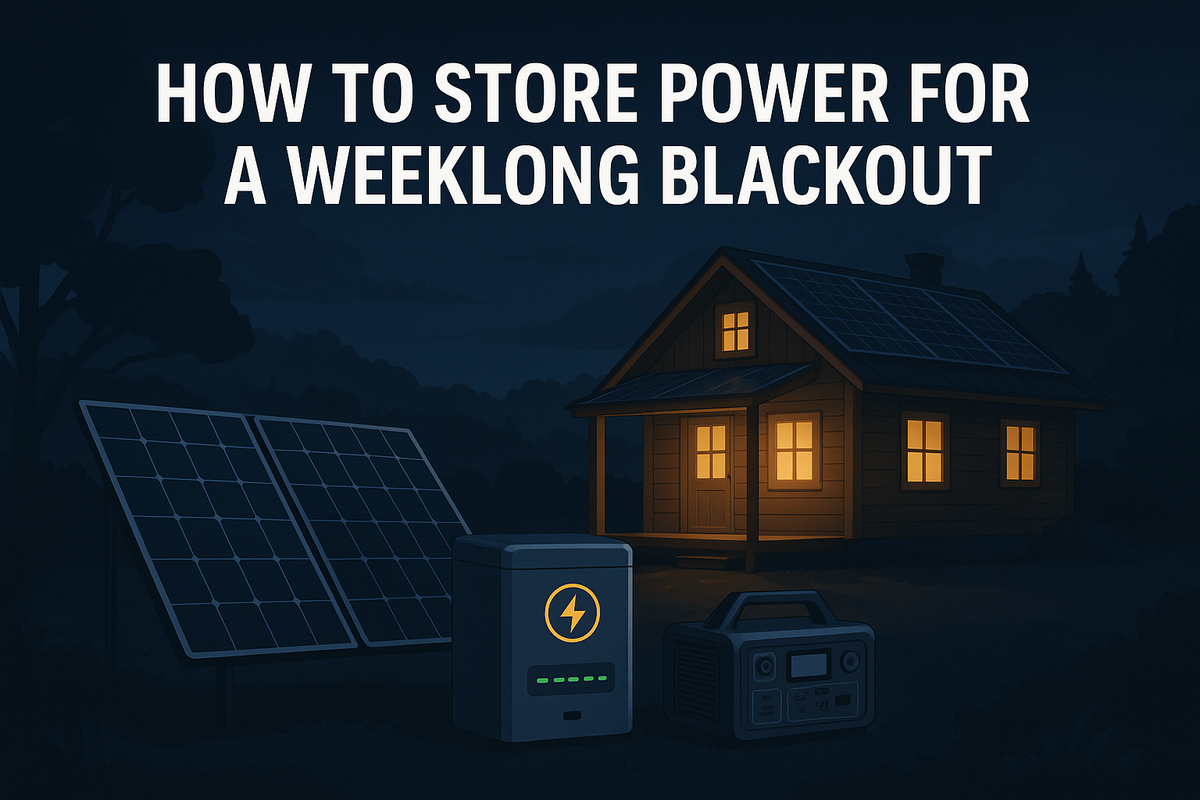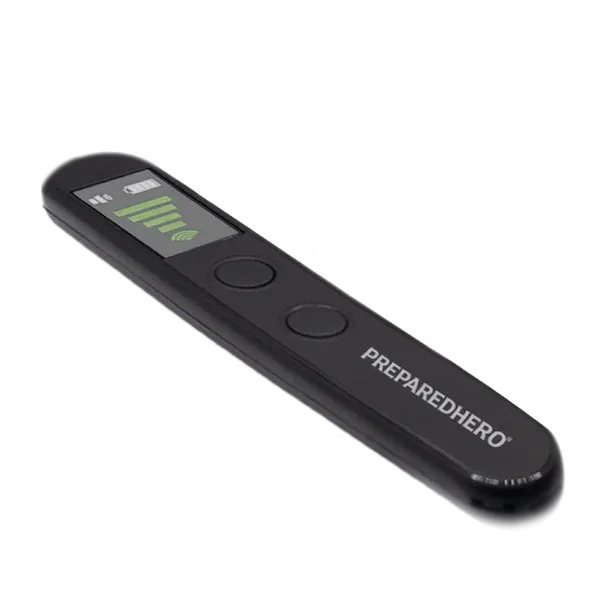How to Store Power for a Weeklong Blackout

When the grid goes down, even for a few hours, most people realize how dependent they are on constant electricity.
But a weeklong blackout is a different challenge altogether.
Storing enough power to keep essentials running for seven days requires more than a few flashlights and batteries—it requires planning, strategy, and a bit of math.
1. Start by Defining Your “Critical Load”
Before thinking about batteries or generators, make a list of what you must keep running.
Examples:
- Refrigerator or freezer (to save food)
- Lights in key areas (kitchen, bathroom, entryway)
- Communication gear (phones, radios, Wi-Fi if possible)
- Water pumps or filtration
- Medical devices
Once you know what’s essential, you can estimate daily watt-hour usage.
Tools like the Kill-A-Watt meter or built-in energy monitoring devices make this easy.
2. Choose the Right Storage System
There are three main paths to store power:
A. Battery Banks (Solar or Grid-Charged)
Modern lithium batteries are the best long-term option for silent, maintenance-free power.
- Lithium Iron Phosphate (LiFePO₄) batteries are the safest and longest lasting.
- Pair them with solar panels or a generator for recharging.
- Systems like the Bluetti AC200L, EcoFlow Delta Pro, or Goal Zero Yeti 6000X can power a small home for several days.

B. Fuel Generators
Gas, propane, or diesel generators can deliver high wattage on demand, but they depend on stored fuel.
- Always stabilize gasoline and rotate stock every 6 months.
- Propane stores indefinitely and is the best long-term option for backup fuel.
- Consider a dual-fuel generator for flexibility.

C. Hybrid Systems
The most resilient approach is to combine solar and generator power.
- Use solar for daily loads and battery charging.
- Use the generator only when solar can’t keep up.
This method stretches your stored fuel and ensures redundancy.
3. Estimate Total Storage Needed
A typical “critical load” for one household might range between 3–5 kWh per day.
For a week:
- 3 kWh x 7 days = 21 kWh minimum storage.
That’s roughly the capacity of two large lithium batteries or a mix of batteries plus a generator top-up plan.
4. Don’t Forget Power Management
During a blackout, efficiency becomes your best ally:
- Turn off standby devices and unnecessary lights.
- Use LED bulbs only.
- Cook on propane stoves or wood rather than using electric ranges.
- Keep the fridge closed as much as possible.
5. Maintain and Test Regularly
A power storage system isn’t a “set it and forget it” item.
- Test your system every few months.
- Keep batteries above 50% charge if stored.
- Cycle your generator monthly and check fuel levels.
6. Bonus: Simple Add-Ons That Make a Huge Difference
- Solar lanterns for light without draining stored power.
- USB solar chargers for phones and radios.
- 12V DC fridge or freezer for high efficiency.
- Smart energy monitor to track your consumption in real time.
Final Thoughts
A weeklong blackout can be uncomfortable, but it doesn’t have to be crippling.
With a well-sized battery bank, renewable input like solar, and a reliable backup generator, you can keep your home running smoothly when the grid goes dark.
Start small. Build your system around your essentials and add capacity as you go. Preparedness is power, literally.



Comments ()